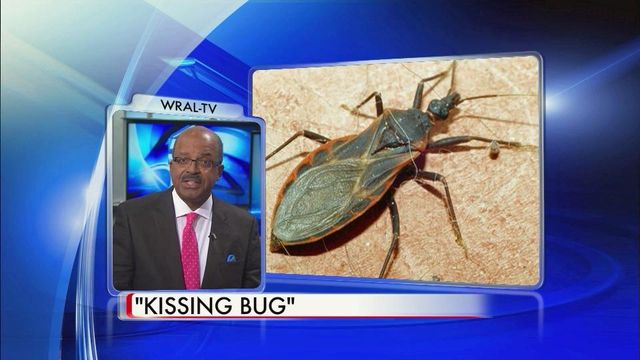Girl bit by blood-sucking kissing bug in Delaware, CDC confirms
A girl was bitten by a kissing bug in Delaware, the CDC confirmed last week.
According to a statement released April 19, the girl was bitten back in July 2018 while she was watching television in her bedroom.
The family contacted the Delaware Division of Public Health and the Delaware Department of Agriculture for help identifying the bug.
According to the CDC, the home where the girl was bitten was an older home located in a heavily wooded area. A window air conditioning unit was located in the bedroom where the bite occurred.
In April 2019, the insect was preliminarily identified as a kissing bug, or Triatoma sanguisuga.
According to the CDC, kissing bugs are blood-sucking insects that feed on animals and humans. Their nickname comes from their tendency to bite faces.
CNN reported that the bugs, found frequently around Arizona, are known to spread Chagas disease, which can lead to death.
"Anybody who is bitten by these bugs should be very conscious of any flu symptoms, high fevers, swelling over the eye," said Dawn Gouge, an entomologist with the University of Arizona.
The CDC estimates that there are 300,000 cases of Chagas in the U.S., with most of those contracted in other countries. But the family of the girl who was bitten had not traveled outside the country recently, the statement said.
According to the World Health Organization, more than six million people are estimated to be infected globally.
The CDC provided the following tips to avoid the pests:
People can prevent kissing bug infestation by placing outdoor lights away from dwellings such as homes, dog kennels, and chicken coops and turning off lights that are not in use. Homeowners should also remove trash, wood, and rock piles from around the home and clear out any bird and animal nests from around the home.
Cracks and gaps should be inspected and sealed, and chimney flues should be tightly closed when they are not in use.











